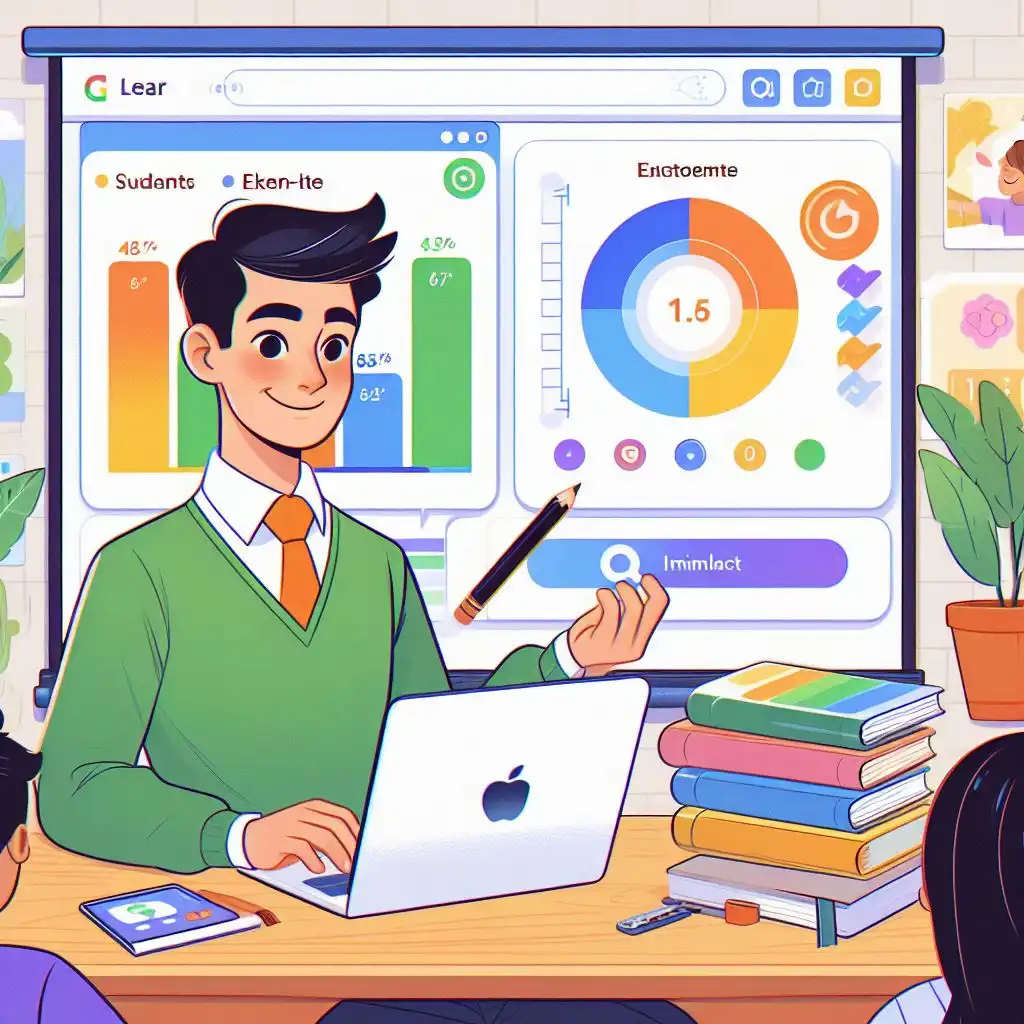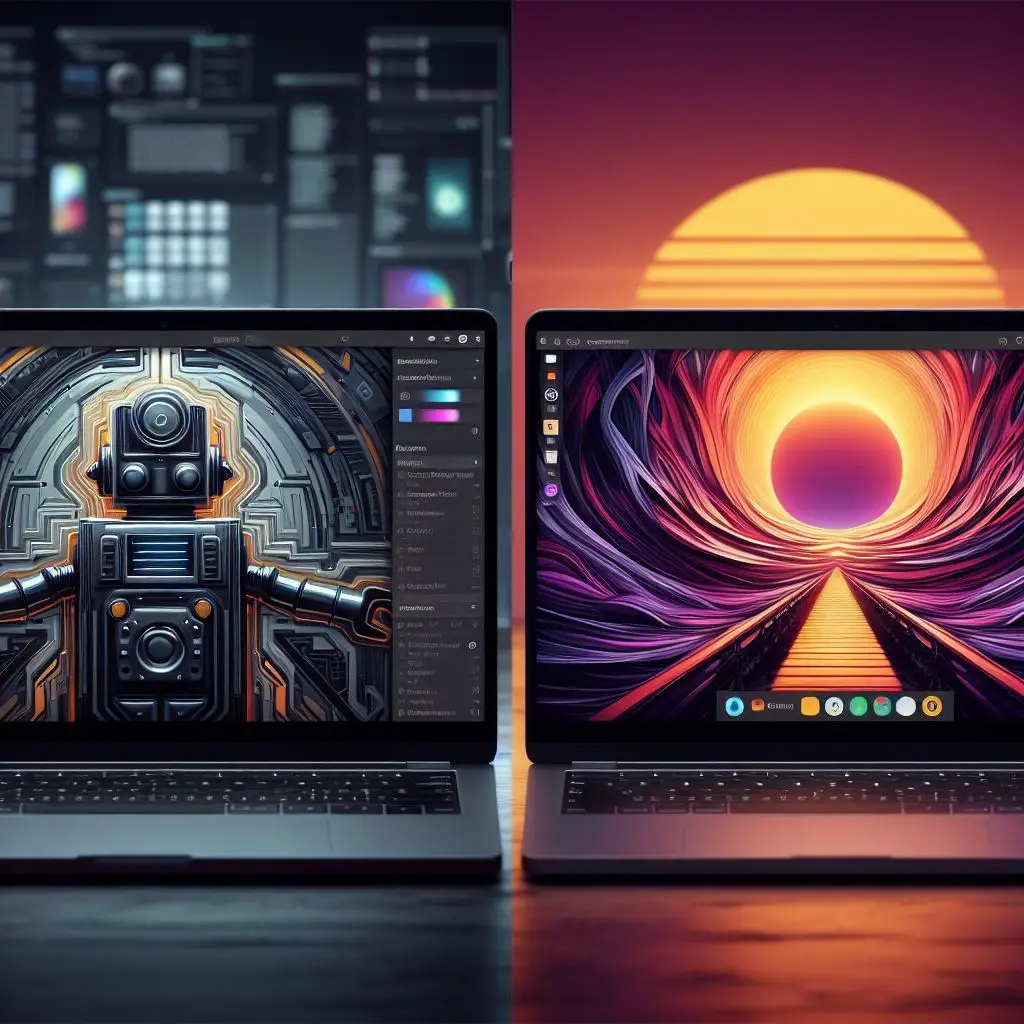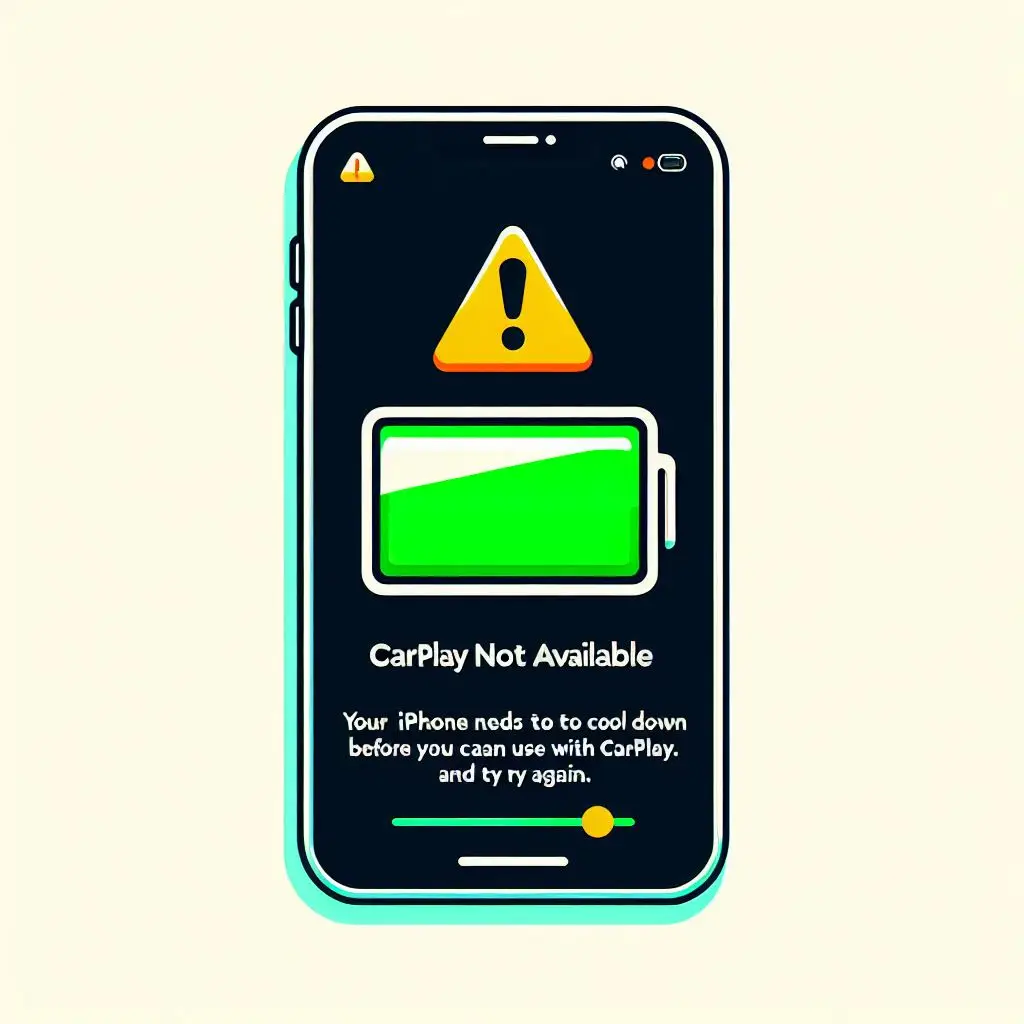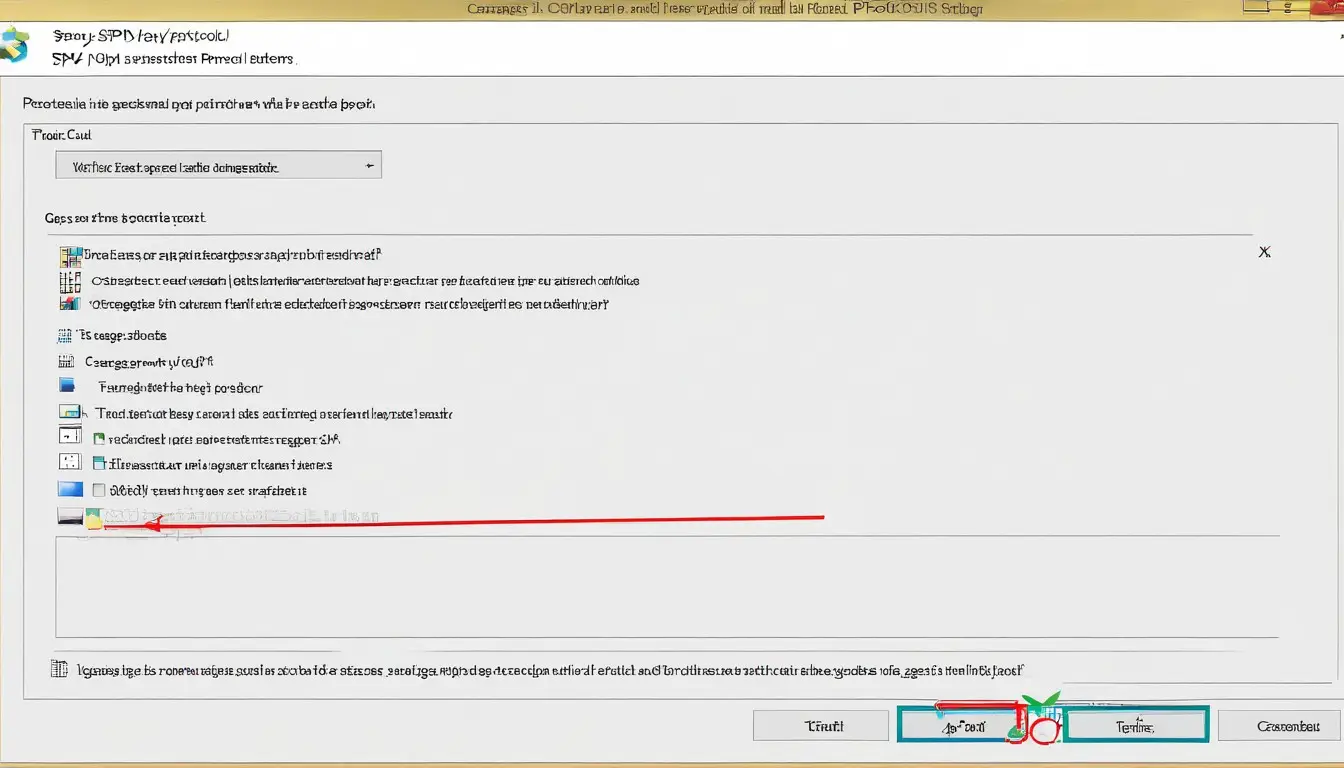How will the Future of eLearning Look Like? 4 Technologies Ruling in 2022

When we think about education, does this mean that we will eventually live in a world where learning feels more like a play, and everyone, regardless of their social strata, has access to an equal education?
We will live in a world where learning is personalized, so every student or employee maximally benefits from the learning experience? Well, we might.
The last two decades have witnessed a lot of advancements in technology – multimedia became cooler, our computers have never been faster, and a lot more. According to some recent market reports, eLearning is expected to reach $238 billion by 2024.
This isn’t a technological novelty anymore. As education spread across the globe and infiltrated various socioeconomic groups, technology found its way as well.
While at first, a typical instance of eLearning meant video clips that demonstrated a task, where learners were promoted to answer several choice questions to advance, today eLearning is even more interactive.
Advances in graphics and storage allowed for more in-depth programs with learners participating in simulation or choosing the preferences or their lesson. Some courses have even replaced the need for a professor, while increasingly, more institutions adopted eLearning platforms.
1. Mobile Learning
Because content has to be accessed from a wide range of devices – such as desktops at the office tablets or laptops at home, or on the go using a smartphone, eLearning in 2020 has to be not only extremely responsive but also mobile-friendly.
What is mobile learning? Our interpretation of mobile learning is the use of mobile devices to make learning materials more accessible and efficient at a time and place convenient to the learner. Soon enough, a wide range of online courses will be accessible on mobile technology.
That said, not only do mobile devices allow us to learn from anywhere, newer devices are equipped with dual cameras, digital compasses, incredible audio, etc. Pretty much like an SF movie everyone will be able to watch a lesson while on-the-go utilizing apps and numerous features of the mobile devices to do science experiments, actually make measurements, and share their experiences with other learners.
eLearning, and especially mobile learning makes informal learning incredibly accessible that so much more informal learning could actually be implemented into the curriculum. Students will benefit from having nearly unlimited access to subjects that spark their interest.
Maybe students will eventually have so much more choice about a topic they wish to explore, as long they develop in-depth skills and fulfill a basic set of requirements.
2. MOOCs (Massive Open Online Courses)

Massive open online courses are exactly what they sound like. They allow millions of individuals across the globe to take the same course. For instance, someone may be in France, chatting with their classmate in Australia in real-time, or even taking chemistry tuition right from the top experts across the globe.
Originally, massive open online courses highlight open-access features such as open licensing content, structure, and learning goals.
However, newer massive open online courses imply closed licensing for course material, while maintaining open free access to students. With that in mind, even though MOOC providers are still sorting things out on how to better monetize the platform, free online education will probably get better, becoming more accessible and flexible throughout more avenues.
3. Artificial Intelligence in eLearning
The debates and anticipation for AI incorporate and standard education have reached a peak. A great number of articles are being published every day, either indicating Artificial Intelligence as the best thing since sliced breath or convicting its arrival because of the potential loss of the workforce.
But what does AI automation mean anyway? Does it mean we’ll be entering a new SF world? Or is AI more like a super perceptive and human-like assistant? For both of these questions, the answer is no.
When it comes to corporate training, AI is not going to bring any radical life-disruptive changes, neither it is as advanced as new SF movies would like us to imagine. According to experts, AI in training will have more than one benefit.
In eLearning development, AI will make the process somehow more error-free, more efficient, easy, and most importantly, cost-effective. Let’s take a look at eLearning translations. An AI translation tool will be able to translate any type of text to any given language without human assistance, thus saving money and time.
But in training delivery, things are a bit more complicated. We always tend to confuse personalized training with adaptive learning. While adaptive learning has personalization at its gist, it takes way more than simply asking a student’s name.
A fully adaptive learning design is able to fully anticipate the students training requirements by analyzing their learning activities and offering a customized learning path in real-time.
4. Gamification

eLearning of the future will likely resemble an interactive video game rather than a traditional class. A wide range of video games has proved to us a lot about the cognitive psychology behind engagement.
Young people and learners usually like games. They simply enjoy interactive elements, challenges, and opportunities to develop new strategies. According to a Forbes article, 70% of millennials think gaming helps them become better problem solvers, 67% think gaming teaches them how to develop winning strategies, 63% that it improves their abilities to work in a team, and almost 3% of them have an online avatar.
Millennials are cultural hedonists validating, and rewarding experiences. With that in mind, the relationship between the growing trend of gamification and this psyche isn’t that hard to understand. Gamification involves gaming elements such as scores, achievements levels, points, scenarios, and avatar in a regular eLearning course.
With every new achievement rises a rush of excitement and pleasure, motivating the new generation to do more, to go further.
Many mistake millennials as being easily-distracted or screen-addicted individuals. But in turn, the latest technological advancements somehow pushed them into becoming great multitaskers who strive to learn while having fun.
Category: Games









